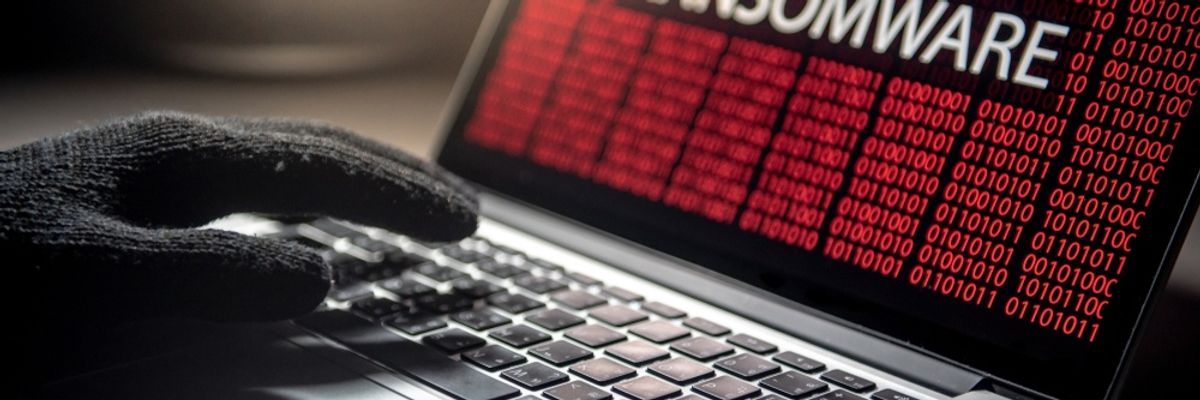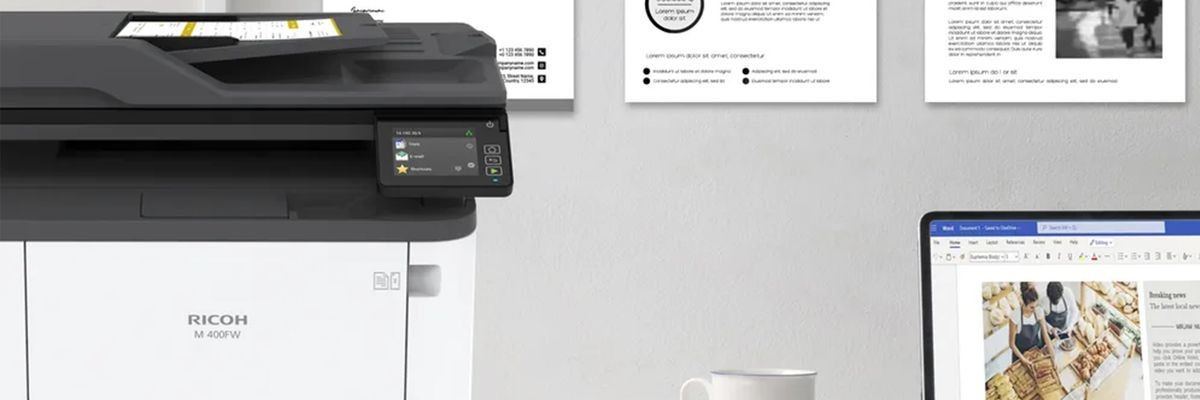
New printing technologies key to business growth and innovation
Discover how business leaders have identified new printing technologies as key tools for agility and innovation.
By Mario González, Graphic Communications Ricoh Mexicana
Business leaders have identified new printing technologies as key tools for agility and innovation. According to new research1 commissioned by Ricoh, the majority of the 3,150 decision-makers surveyed commented that the benefits derived from agility (77%) and innovation (69%) are key drivers for investment in new print technologies.
These findings demonstrate that new forms of print have become crucial components of business strategies. The research also reveals that 69% believe that print will bring new revenue streams and 67% believe it will provide a source of competitive differentiation. The leaders surveyed reinforce this belief with a financial commitment: 51% have already invested in new forms of print and an additional 36% are planning to do so in the next five years.
Print is more alive than ever. New print technologies are helping companies radically transform their operations. In healthcare, 3D-printed prosthetics tailored to specific patients are being manufactured. In retail, unique custom-printed shoes and designs are being made to order, which is reducing unnecessary stock. In education, students can buy personalized textbooks, reducing costs and improving learning.
Companies are prioritizing print technologies in areas that directly improve the experience for their customers. So far, marketing (79%), product development (79%), and manufacturing (76%) have received the largest investments in this area. Also, the need for faster product development (80%) and the ability to localize manufacturing closer to the end user (69%) have driven investments in additive manufacturing, addressing consumer needs for speed and customization.
Customization, cost savings, and environmental friendliness are driving the adoption of new printing technologies to improve business competitiveness. Specifically, 83% of company leaders in the financial sector believe that meeting customer expectations for paperless digital interactions and more personalized forms of banking are key challenges for the industry. And 58% have already begun implementing new print technologies to meet those demands.
According to data collected in this report, 89% of financial organizations are confident in their ability to respond to customer demands to replace paper bills with electronic documents. However, differing customer needs and the requirement for greater customization mean that this is not so simple. In fact, 69% have experienced resistance from older customers to switch to electronic invoices.
In this sector, moreover, 51% are implementing new printing technologies to reduce their carbon footprint and address environmental concerns.
Organizations today are demanding ways to improve quality and efficiency while reducing costs. Digital printing is growing as it offers advantages such as variable data handling in transactional business and direct mail, among others. This transition from offset to digital is being felt more and more strongly in commercial printing due to the continuous development of technological improvements in digital color presses.
The integration of digital printing greatly favors businesses compared to those that still rely on offset printing services. Commercial printers, quick printers, direct marketing, editorial printers, signage printers, and creative studios, are some of the thousands of sectors that benefit from the inclusion of digital printing.














